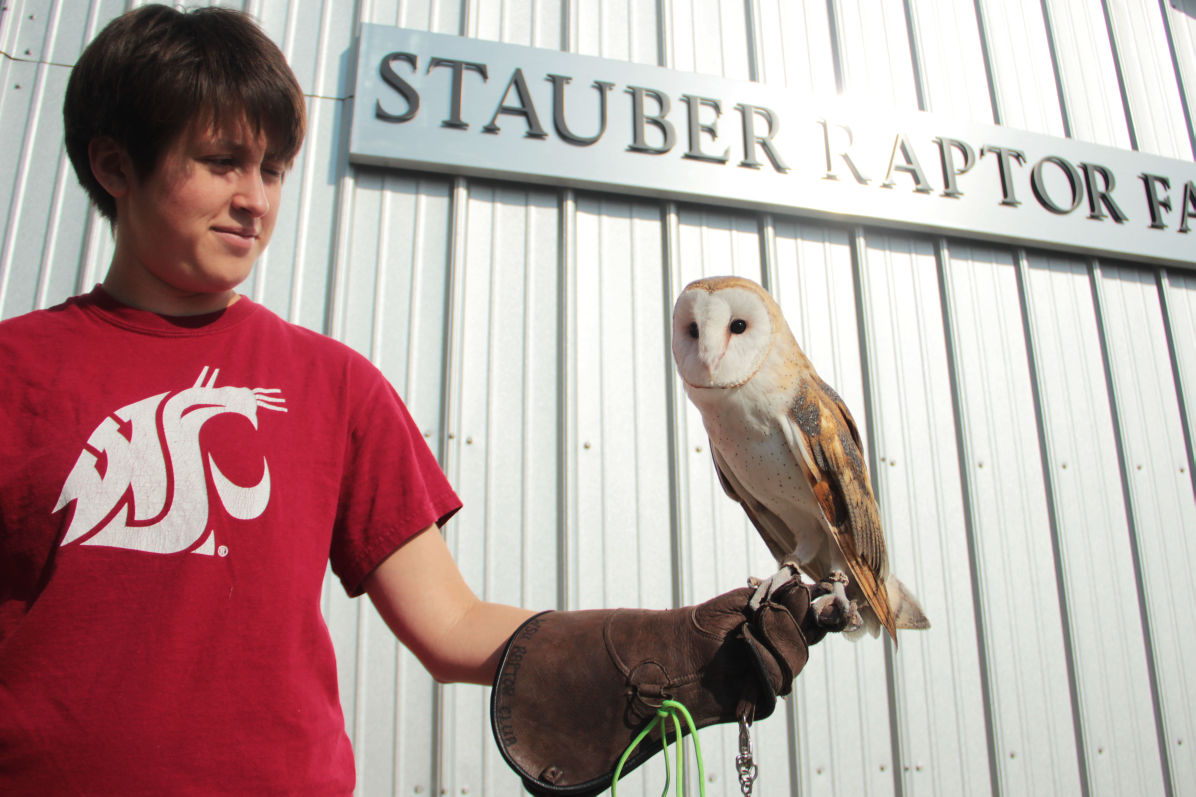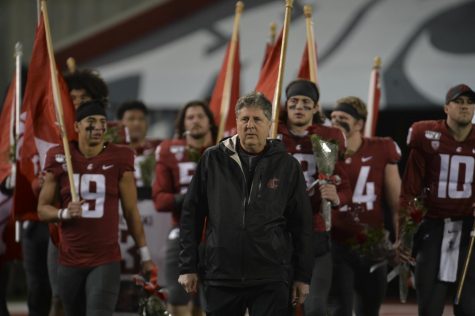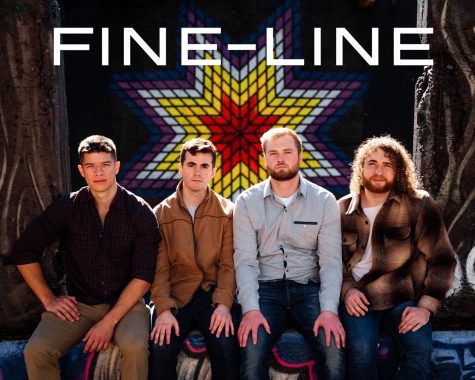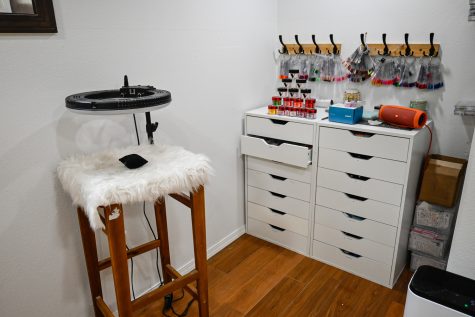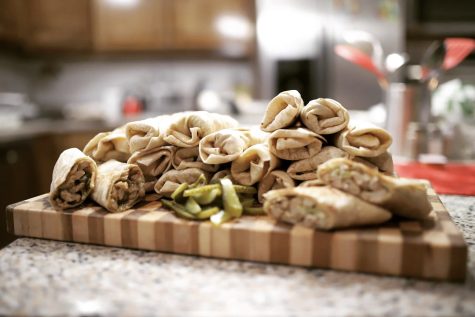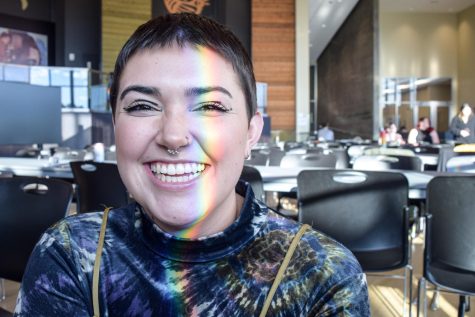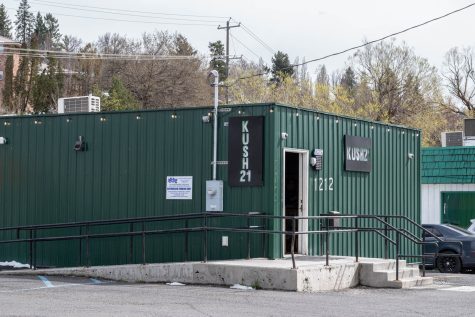Some talk, others squawk
September 22, 2014
Hidden in the heart of the Palouse is one of the few places where people can get up close and personal with some of the fiercest predators of the sky.
Raptor Club is an organization on campus that runs out of the exotics center of the veterinary hospital. When an injured bird of prey is brought in and can’t be rehabilitated, the club gets the chance to adopt the bird and give it a second chance at life.
“All of our birds have some kind of injury or mental disability that keeps them from being in the wild,” said Kerry Littlefield, club program coordinator.
The disabilities of these birds include neurological damage, wing amputations, blindness, and, in the case of barn owl Widget, imprinting on humans.
The club has a total of 13 birds in its care, such as a great horned owl, kestrels, eagles, hawks and carriers.
“Raptor Club is an opportunity to get to handle and take care of raptors,” senior and club treasurer Alli Breaker said. “It’s a fun learning environment for anyone who wants to join.”
Along with getting another chance to live, these raptors become ambassadors for wildlife. Club members take the birds to elementary schools, around campus, and other places to teach people about these creatures.
Megan Lisa, senior and club secretary, described Raptor Club as a way to educate people in the area about the birds of prey. One of the common questions from people is what to do if an injured raptor is found. Lisa said it best to call a veterinary hospital or the Fish and Wildlife department, but to also make sure the bird is actually injured.
Before using the bird for presenting, both the raptor and the handler need to be trained. Breaker said new birds brought into the club work with the exotics ward first, getting them used to people and standing on a handler’s gloved hand.
“Once the bird is comfortable and think it’s ready, (we) train other members,” Breaker said. “(It’s) a long process and depends on how well the bird receives the conditioning.”
The members themselves go through training, learning how to feed and handle each of the birds in the club. The raptors are divided into levels based on aspects like personality and size. Members would usually start on the small kestrel before working their way up to the large, flight-able golden eagle.
Each bird has its own personality that members need to get accustomed to as they learn to handle the bird. Lisa brought up the great grey owl Gus as an example, who likes to puff up his feathers and snap his beak to act intimidating when he’s really a softie.
To some, it may seem that working with these carnivorous birds would be dangerous. But the raptors are trained to be accustomed to people, and the handlers are taught how to recognize signs of high stress in the birds.
“Working with any animal, you always have risks,” Lisa said. “(The birds) have been handled enough that they don’t ever try to hurt anyone.”
Littlefield said every bird is different, each with their own personality and quirks just like people. A lot of the training is based on the comfort level of not only the bird but also the members, especially new members.
“There’s definitely a level of respect that goes along with working with these birds,” she said. “A high stress bird has a longer time to be used to people.”
Breaker said it’s funny because a lot of people on campus don’t know about Raptor Club, so there are a lot of surprised responses when the birds are brought around campus. One of her favorite birds to work with is a Cooper’s hawk named Riley, one of the raptor amputees.
“He’s a lot to work with but it’s really rewarding to gain a bird’s trust,” Breaker said.
“Squawk!” Riley said.
To join Raptor Club or for more information, email [email protected].


